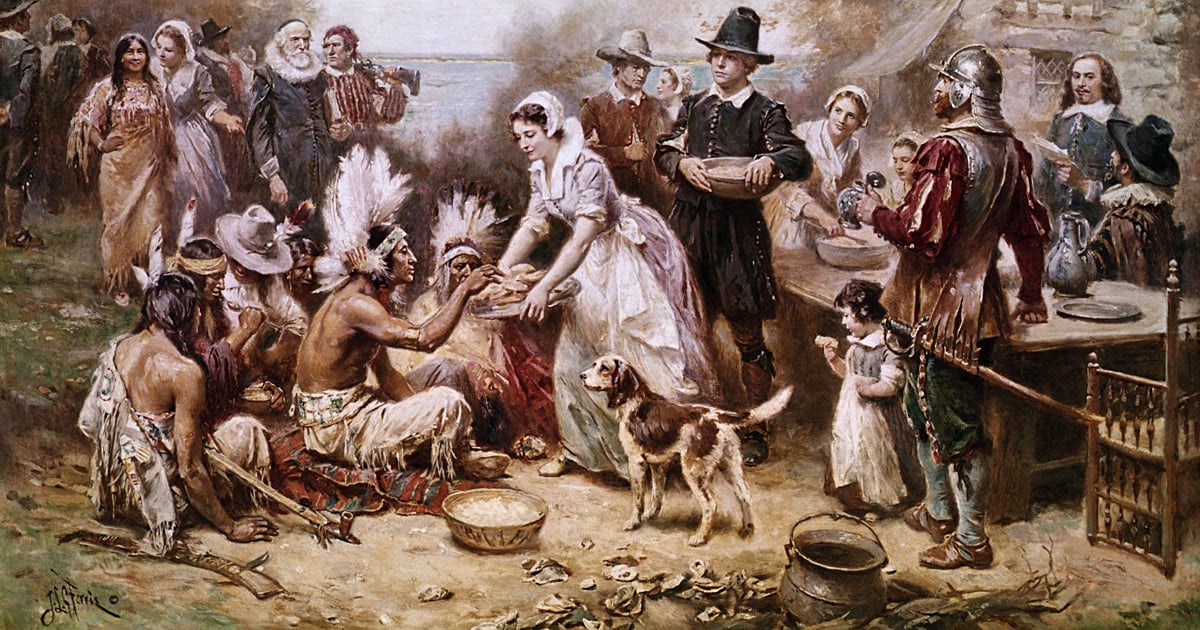
Nov 26, 2024 1:40:05 PM
Thanksgiving is upon us—in the air, in the trees, in the longer nights, and anticipation of a long weekend. But also in the grocery stores and in our schools. Thanksgiving has been distilled into a hardly visible holiday in schools, one that rarely drives curricular instruction. And yet, when we do mention it, it is almost entirely the mythology that we teach.
Particularly in pre-school and elementary school, we discuss Thanksgiving (the myth), and our learning lasts a lifetime. Ask any adult what Thanksgiving is about, and most people will recite the myth that they learned as a young child: Thanksgiving is a holiday based on the myth that once upon a time, the Native Americans and the Pilgrims celebrated a peaceful meal together.
In this mythology, we call Native people “Native Americans” in spite of the fact that at that time in history, most Native people considered their own existence to be directly challenged by American-ness. We call Pilgrims “Pilgrims,” rather than colonists or colonizers. But the biggest omission of this holiday is that there is evidence that the peace meal we celebrate and replicate never actually happened at all.
This year, as Thanksgiving rolls around, consider setting the record straight.
Even as the topic of Thanksgiving may occupy very little of your attention in class—or at home— let the time it does take be dedicated to correcting the myths, rather than reinforcing them.
This post was originally published on November 22, 2019.
Ali Michael, Ph.D., is the co-founder and director of the Race Institute for K-12 Educators, and the author of " Raising Race Questions: Whiteness, Inquiry and Education " (Teachers College Press, 2015), winner of the 2017 Society of Professors of Education Outstanding Book Award. She is co-editor of the bestselling " Everyday White People Confront Racial and Social Injustice: 15 Stories"(2015, Stylus Press) and " The Guide for White Women who Teach Black Boys" (2018, Corwin Press). Ali also sits on the editorial board of the journal " Whiteness and Education." Ali teaches in the Diversity and Inclusion Program at Princeton University as well as the Equity Summits with USC. Ali’s article, " What do White Children Need to Know About Race?," co-authored with Dr. Eleonora Bartoli in Independent Schools Magazine, won the Association and Media Publishing Gold Award for Best Feature Article in 2014. She may be best known for her November 9, 2016 piece " What Do We Tell the Children?" on the Huffington Post, where she is a regular contributor. For more details see www.alimichael.org.
The story you tell yourself about your own math ability tends to become true. This isn’t some Oprah aphorism about attracting what you want from the universe. Well, I guess it kind of is, but...
If you have a child with disabilities, you’re not alone: According to the latest data, over 7 million American schoolchildren — 14% of all students ages 3-21 — are classified as eligible for special...
The fight for educational equity has never been just about schools. The real North Star for this work is providing opportunities for each child to thrive into adulthood. This means that our advocacy...
Your donations support the voices who challenge decision makers to provide the learning opportunities all children need to thrive.
Ed Post is the flagship website platform of brightbeam, a 501(c3) network of education activists and influencers demanding a better education and a brighter future for every child.
© 2020–2024 brightbeam. All rights reserved.
Leave a Comment